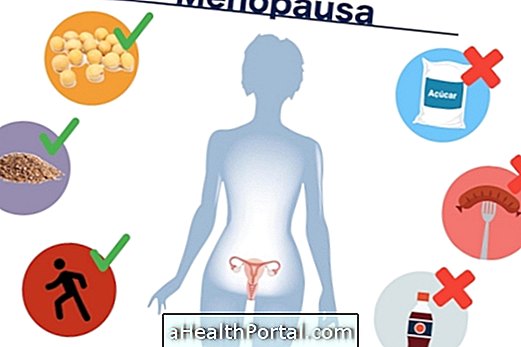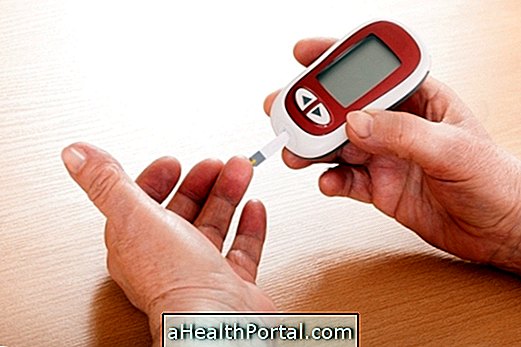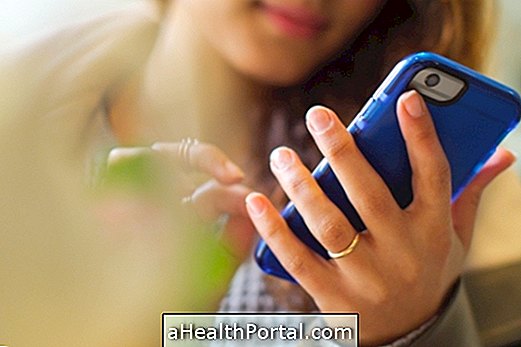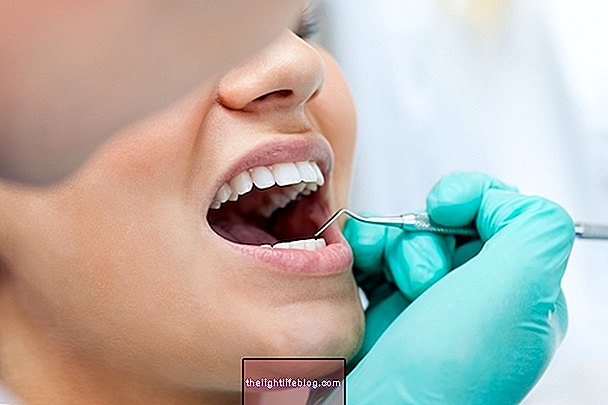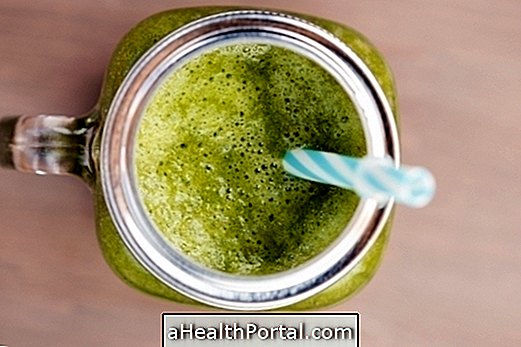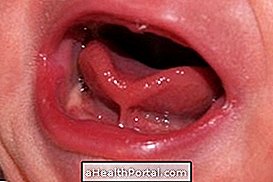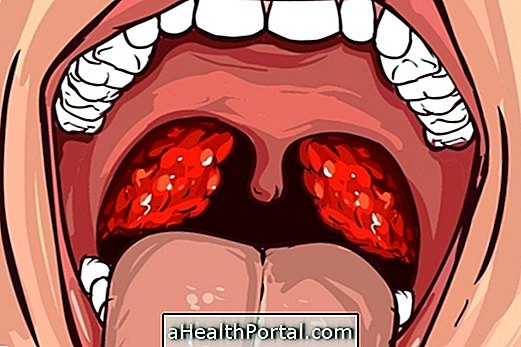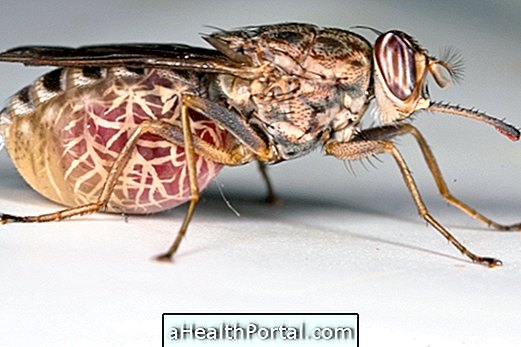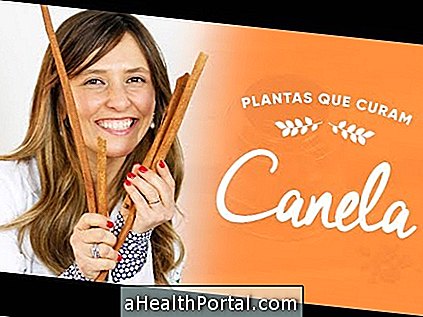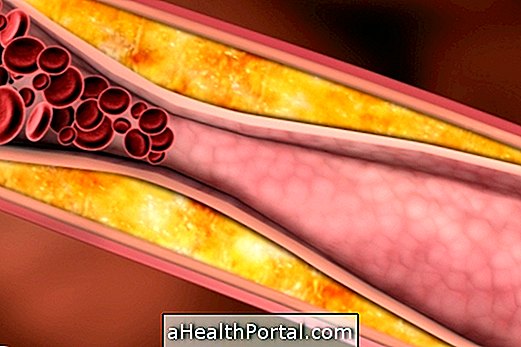Sausage, caipirinha and noodles are some of the worst foods for anyone who has diabetes because they are high in carbohydrates which raise the blood sugar rate. However, those who do not yet have diabetes should also not consume these excess foods because they increase a person's risk of developing type 2 diabetes.
So the worst foods for those who have diabetes are:
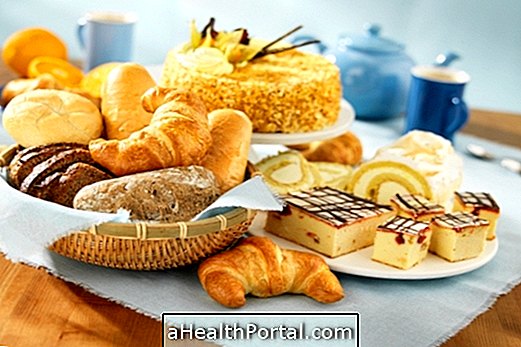
1. Sweets
Like bullet, chocolate, pudding or mousse contains a lot of sugar, being a good source of fast energy for most people, but in case of diabetes, as this energy does not reach the cells and only accumulates in the blood, can arise complications.
Healthy exchange: Opt for fruits with bark and bagasse as dessert or diet sweets in small quantity, at most 2 times a week. See this incredible dessert for diabetics.
2. Simple carbohydrates
Simple carbohydrates such as rice, pasta and potatoes are converted to blood sugar and so it is the same as eating a sweet, without any integral source at the same time.
Healthy exchange: Always opt for rice and whole noodles because they are beneficial because they have less sugar and consequently lower glycemic index. See pasta recipe for diabetes.
3. Processed meats
Such as bacon, salami, sausage, sausage and mortadella that are made with red meat and food additives, which contain chemicals toxic to the body, favoring the onset of diabetes. Sodium nitrate and nitrosamines are the two main substances present in these foods that cause damage to the pancreas, which over time ceases to work properly.
The habitual consumption of processed meat, especially the ham, also leads to the increase of the inflammation of the body and to the increase of the oxidative stress, which are also predisposing factors to the disease.
Healthy change: Opt for a slice of unsalted white cheese.
4. Package snacks
Packet crackers and snack foods like potato chips, doritos and fandangos contain sodium and food additives that are also not indicated for those who have diabetes because they increase the risk of hypertension. In diabetic there is a change in blood vessels that facilitates the accumulation of fat plaques inside, increasing the risk of cardiovascular diseases and consuming this type of food, this risk increases even more.
Healthy Swap: Opt for snaks prepared at home baked sweet potato chips. Check out the recipe here.
5. Alcoholic beverages
Beer and caipirinha are also bad choices because the beer dehydrates and increases the concentration of sugar in the blood and the caipirinha besides being made with a derivative of sugar cane still carries more sugar, being totally advised in case of diabetes.
Healthy Swap: Opt for 1 cup of red wine eventually because it contains resveratrol that benefits the cardiovascular system. Check out: Drinking 1 glass of wine a day helps prevent heart attacks.
In diabetics the consumption of these foods can be severe because glucose, which is the main source of energy that cells need to work, is not absorbed and continues to accumulate in the blood because insulin is not effective or not present in sufficient quantity and it is responsible for capturing the glucose, placing it inside the cells.
Because the diabetic needs to eat well
Diabetics need to eat well by avoiding anything that can be turned into blood sugar because they do not have enough insulin to put all the glucose (blood sugar) inside the cells and so you have to be careful about what you eat, because virtually everything can become sugar in the blood and this will accumulate, lacking energy so that the cells can work.
Thus, to control diabetes and ensure that all glucose reaches the cells, you need to:
- Decrease the amount of sugar that gets into the blood and
- Ensure that existing insulin is really effective in your job of putting sugar inside cells.
This can be achieved through correct feeding and use of medications such as insulin, in case of type 1 diabetes, or metformin in case of type 2 diabetes, for example.
But it is no use to feed badly by believing that the remedies will be sufficient to ensure the entry of glucose into cells because this is a daily adjustment and the amount of insulin needed to carry the sugar that an apple took to the blood is not the same as that needed to carry the sugar that a brigadier provided.



